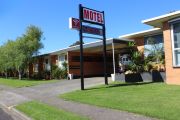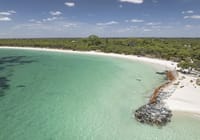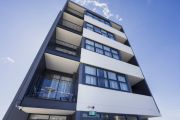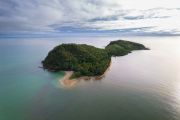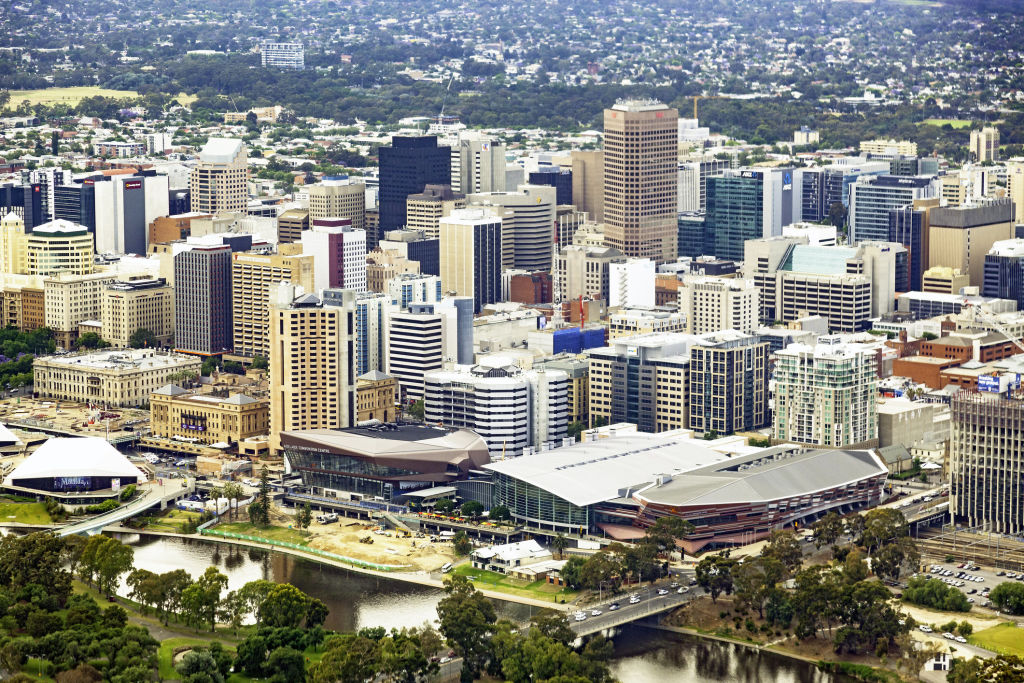
Adelaide's office market 'as confident as most people can remember'
Green shoots are finally sprouting for Adelaide’s CBD office market with the vacancy rate falling to 15.1 per cent in the second quarter of this year, the lowest level in more than three years, analysis from agency JLL shows.
CBRE South Australia director Andrew Bahr said after a drought-like few years where attracting tenants was so challenging CBD incentives rose to more than 40 per cent, the growth of the defence, health and resources sectors was welcome.
James Young, chief executive of South Australia for Colliers International, agrees.
“The Adelaide market is as confident as most people can remember,” Mr Young said.
“Polls show business confidence is up, the pulse on the street is up and there is renewed optimism in all sectors of the economy. Market evidence will demonstrate that the pendulum is on the swing away from what [could] be easily described as a favourable tenant market for some time now.”
Commitments in the defence sector have ramped up in the last three to four months with BAE securing 3000 square metres at 80 Flinders Street and Lockheed Martin and Saab in the market for city office space of about 1500 and 3000 square metres respectively.
“There’s some big space requirements for these guys,” Mr Bahr said.
The health sector has blossomed too. In recent years several major buildings have transformed the western end of Adelaide’s North Terrace. The key CBD stretch was already home to major buildings, including parliament house, the art gallery and the city’s main museum.
The 25,000-square-metre South Australian Health and Medical Research Institute (SAHMRI) landed on North Terrace in 2013, and the $2.4 billion Royal Adelaide Hospital was completed in 2017. The University of Adelaide and the University of South Australia have both tipped about $230 million into health and medical sciences buildings in the precinct.
“We’ve had a significant investment … in medical research that has a lot of spinoffs, particularly in the IT sector,” said Mr Bahr.
Jamie Guerra, managing director South Australia for JLL, said a number of businesses used high incentives to move back into city office spaces from fringe locations.
Vacancy rates for premium-grade office stock have dropped from almost 10 per cent to just under 3 per cent since February, Daniel Gannon, chief executive of the South Australia’s Property Council said. “There’s been an increase in tenant sophistication,” he said.
And Adelaide’s prime vacancy decreased 1 percentage point to 10.6 per cent in the second quarter, according to JLL’s Market Overview for the second quarter of 2018. However, as might be expected with tenants opting to move into better quality digs, vacancy in secondary stock increased by 0.4 percentage points to 17.8 per cent.
One area that appears to be suffering is Greenhill Road, to the south of the CBD, adjacent the city’s southern parklands. Tighter parking restrictions along Greenhill Road and ageing office infrastructure have reduced the precinct’s attractiveness, Mr Guerra said.
As has the trend for businesses to stack more staff into smaller spaces, making it more difficult to offer parking for the majority of staff.
“As businesses want to be more and more dense with their occupancy, those carparking differentials … become probably less apparent,” Mr Guerra said. He expected more of the buildings along Greenhill Road would be redeveloped for mixed-use as a result.
In line with the increased demand for prime office space, average net face rents for prime offices increased 1.3 per cent to $389 a square metre in the second quarter of this year.
Despite talk that tenant incentives might taper off, JLL’s figures showed that in the second quarter they remained at 37 per cent for prime space – or 44 months’ rent-free based on a 10-year lease.
Valuation agency Herron Todd White’s month in review for August noted the net absorption within Adelaide’s CBD office market over the six months to January 2018 was 9696 square metres – substantially higher than the previous six-month period of 4624 square metres and well above the 10-year average of 4963 square metres.
But figures from Savills Australia show the Adelaide market is still lagging behind its eastern counterparts where vacancy rates in Sydney and Melbourne CBDs fell to their lowest levels in more than 10 years earlier this year.
Supply will be boosted in late 2019 with the expected completion of the 19-level Charter Hall building in the GPO Exchange, at 2-10 Franklin Street, on the corner of the main thoroughfare with King William Street. The two towers will provide 24,500 square metres of A-grade office space, 3000 square metres of retail and fully refurbish the 12,500 square metres of the heritage GPO building.
Also in the CBD is the $100 million 19-storey Uniting Communities development known as U City. It will provide retirement living, respite for people with disabilities and 6600 square metres of office space. The owner is proposing to take up 65 per cent of the office space.
The two developments will create a “shuffling of space”, according to Herron Todd White, as building owners work to backfill offices to be vacated.
In other good news, Adelaide office sales are on the up. Mr Guerra said buyers were starting to show more interest. “I think there’s confidence with the better buildings that there will be improvement in [vacancy rates] in the next 12-18 months and we’ve seen that capital flow in readiness for that change,” he said.
Mr Young said in terms of the prime-grade investment market “interstate and off-shore interest is very strong and the investment activity to date provides evidence of this”.
Some of the biggest sales in the past 12 months included Mapletree buying 11 Waymouth Street from Dexus for $202.5 million in January, and Nikos Property Group picking up 60 Flinders Street from Lendlease for about $101.35 million.
Figures from m3property Research show that, in terms of value, foreign investors accounted for the majority of purchasers in the 12 months to the end of June. Purchases by unlisted funds also soaked up a healthy portion of transactions during the same period.
“There continues to be a significant yield spread between Adelaide’s office market yields and other eastern seaboard yields, making the greater returns on investment more attractive,” a report from m3property Research notes.
As of June, market yields ranged between 6 per cent and 7 per cent for prime stock and 7.50 per cent and 9 per cent for secondary assets. m3property Research found that yields are forecast to have reached the bottom of the cycle and are expected to remain unchanged for 12 to 24 months.


